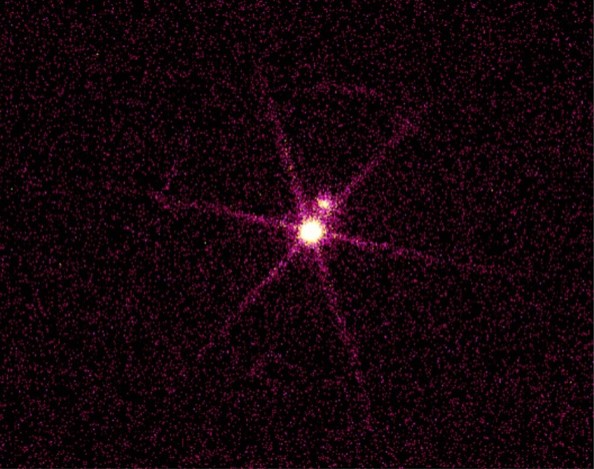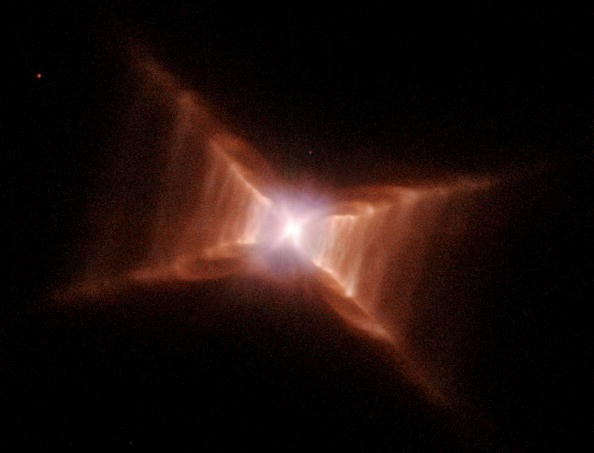A nearby dwarf star's emitted radio flares were detected by the advanced MeerKAT radio telescope, a space tech that is located in the Northern Cape of South Africa.

Because of this, an international team of astronomers understood more about the M dwarf star called "SCR 1746-3214."
They shared their findings through a new study titled "Serendipitous discovery of radio flaring behavior from a nearby M dwarf with MeerKAT," which was published by the Cornell University journal.
Involved researchers claimed that the newly detected radio flares could help them further understand the flaring activities of M dwarf stars.
Nearby Dwarf Star's Radio Flares
According to PhysOrg's latest report, SCR 1746-3214 is an M-type dwarf star. This means that its temperature is cooler than other stars.

Also Read : Powerful Solar Flare To Reach Earth as Shown by NOAA's Forecast Model-Creating G2-Class Geomagnetic Storm
On the other hand, it is also one of the most common stars across the Milky Way Galaxy. Although they can be found easily, scientists are still having a hard time understanding their characteristics and behaviors.
This is why they need to detect radio flares since these galactic waves can offer more insights into the interiors and magnetic dynamos of the M dwarf stars.
"Commensal analysis of MeerKAT images of the sky surrounding H1743-322 identified a new radio transient, MKT J174641.0-321404, coincident with the high proper motion star SCR 1746-3214," said the team of astronomers led by Alex Andersson, a space expert at the University of Oxford, U.K.
They added that the radio flares of the nearby M dwarf star were detected three times over MeerKAT's 11 epochs of data.
What the Radio Flares Revealed
The newly detected radio flares of SCR 1746-3214 revealed a lot of things about the heavenly body, such as the following:
- SCR 1746-3214 is actually a mid-late spectral M dwarf star, which has a clear magnetic activity.
- SCR 1746-3214 has a strong hydrogen-alpha emission.
- SCR 1746-3214's effective temperature is actually around 2,900 Kelvin.
- SCR 1746-3214 has a rapid rotation activity.
In November 2021, a new solar flare created some bright Aurora lights.
Meanwhile, a mid-level solar flare was captured by NASA.
For more news updates about stars and other related space topics, always keep your tabs open here at TechTimes.
Related Article : Solar Flares: How Will it Affect Human Life? Northern Lights May Be Affected by Event
TechTimes own this article
Written by: Griffin Davis
ⓒ 2026 TECHTIMES.com All rights reserved. Do not reproduce without permission.




